By Josh Cosford, Contributing Editor
There are no secrets here, but installing metric hydraulic fittings depends on the type of fitting being used. You will need several tools to install them. Generally, you will need various wrenches, a hose cutter (if you’re making metric hose assemblies), a deburring tool, and, in some cases, thread sealant. If you create hydraulic hoses with metric fittings, you also need a hydraulic crimper, just as with any other hose assembly.

Image courtesy of Stauff.
If your shop already manufactures or supplies hydraulic fittings and adaptors, it’s likely you already carry an appropriate accoutrement to arm you for the task of metric fitting installation. And if you manufacture machinery requiring hydraulic fittings or plumbing, aside from metric combination wrenches, much of what you use will perfectly suit the needs of metric fitting installation.
To install a metric hydraulic hose end fitting, follow these steps just as you would with SAE hose assemblies:
- Cut the hydraulic hose to the appropriate length using a hydraulic hose cutter employing a steel blade.
- Use a deburring tool to remove any burrs or rough edges from the cut end of the hose.
- Look up the hose insertion length in the manufacturer’s literature, and mark the hose at the specified distance. Then, insert the fitting into the hose’s end, ensuring the insertion depth matches the mark location.
- Crimp the fitting onto the hose using a hydraulic crimper or hydraulic press and then measure the crimp OD to confirm it is within the manufacturer’s listed specification.
Here are some tips for installing metric hydraulic fittings:
- Use the correct size and type of fitting for the application while also confirming that the thread form you’ve chosen is correct. In rare circumstances, competing thread standards will actually fit together but offer poor fitment and leakage protection.
- Use the correct hand tools for the job. Metric fittings have metric hex nuts, so choose the appropriate metric wrench for the job. For adapters, metric sockets also work well. Adjustable wrenches can work, but be careful because the opportunity to strip the nut increases, especially with older, worn wrenches.
- Tighten the fitting only until it is snug, do not over-tighten. Over-tightening may damage or strip the threads or even damage the seal.
- Perform a pressure test after installation to ensure the fitting is properly sealed and secure.
Nobody is perfect, so expect that mistakes can occur. Here are some common mistakes to avoid when installing metric hydraulic fittings:
- Using the wrong size or type of fitting for the application.
- Cutting the hydraulic hose at an angle or with a dull blade.
- Over-tightening the fitting, which can damage the threads or cause the fitting to crack.
- Failing to use a thread sealant for tapered threads or using the wrong type of sealant. Conversely, using thread sealant on straight threads or those designed for O-rings.
- Skipping the pressure test after installation.
- Omitting to purchase or install O-rings where required.

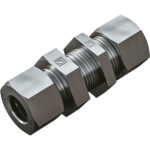
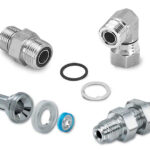
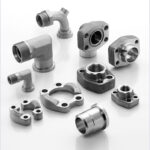
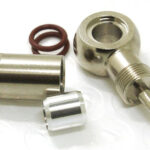
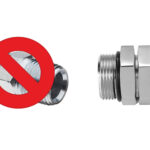
Leave a Reply